1. Passengers Could Visit the Cockpit Mid-Flight
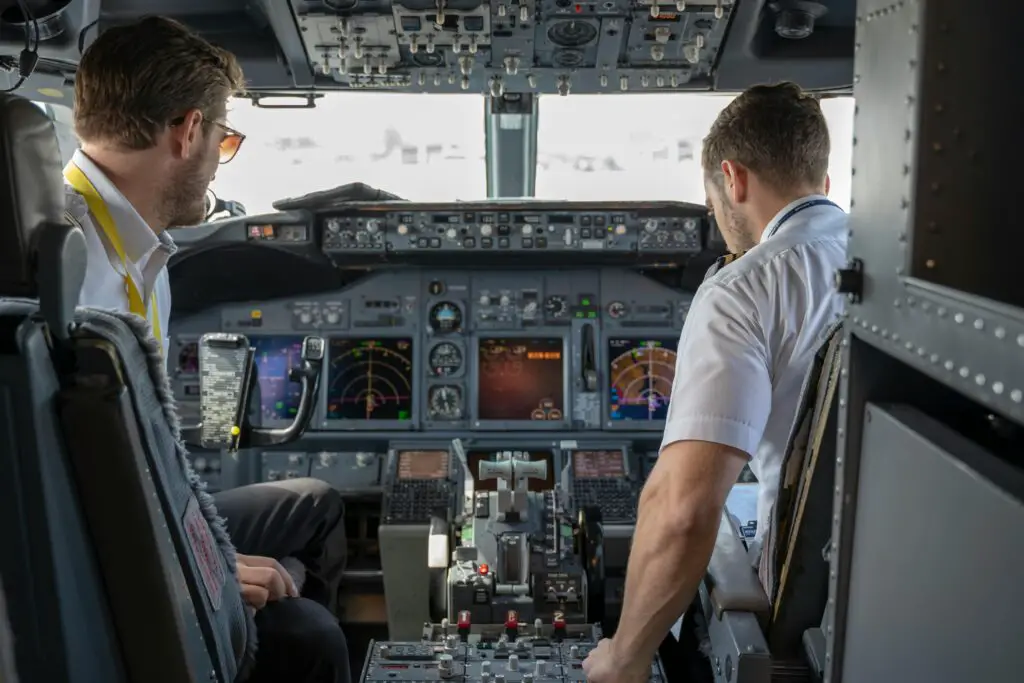
Believe it or not, there was a time when passengers could just stroll into the cockpit for a chat with the pilots. Up until the ‘80s, it wasn’t uncommon for kids—or even adults—to be invited up front to see the controls. Flight attendants would sometimes offer the experience as a fun perk, and no one thought twice about it. Some airlines even encouraged it as a way to make flying feel more personal. Today, the thought of an uninvited passenger stepping into the cockpit mid-flight is enough to cause a security panic. Stricter regulations after multiple hijackings, especially after 9/11, put an end to the practice says Simple Flying.
Now, cockpit doors are reinforced and locked, and even the crew has to follow strict protocols to enter. Pilots have separate restrooms to avoid opening the door unnecessarily, and security measures prevent passengers from even getting close. The idea of letting a curious traveler take a peek at the controls mid-flight is laughable now. At best, you might get a quick look after landing, but even that depends on airline policies. While it was once a thrilling experience for passengers, it’s clear why this rule had to go. Aviation safety has become much more of a priority, and no one wants to take unnecessary risks.
2. Smoking Was Completely Allowed on Planes
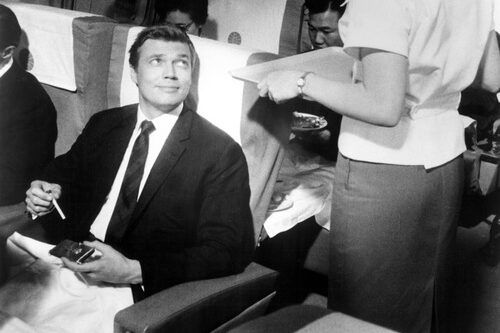
It’s wild to think about now, but smoking was once a standard part of air travel. Airlines even had built-in ashtrays on armrests, and flight attendants handed out free cigarettes. For decades, the cabin air was thick with smoke, and non-smokers just had to deal with it. By the ‘80s, airlines started banning smoking on shorter flights, but it took until the ‘90s for the U.S. to completely outlaw it. Even then, some airlines dragged their feet enforcing the rule shares the New York Times.
Today, the idea of lighting up mid-flight sounds unthinkable, but back then, it was as normal as ordering a drink. Some older planes still have ashtrays in the bathrooms as a relic of that era. Even the “No Smoking” signs above the seats used to be removable, since they weren’t always needed. Now, the thought of breathing in secondhand smoke for hours while trapped in a metal tube seems unbearable. It’s a small miracle that flights are now entirely smoke-free, making the air a lot fresher for everyone.
3. You Didn’t Need a Ticket to Get on the Plane
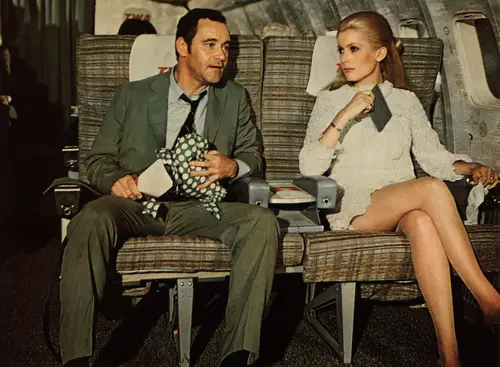
Before airports became security-heavy, flying was much more relaxed. People could walk right up to the gate with their loved ones, and in some cases, passengers didn’t even need a ticket until they were already on board. If that sounds chaotic, it’s because it was. Some airlines even allowed travelers to pay in cash after taking their seats, treating flights like buses in the sky. This meant people could board without prior screening, which would be unheard of today adds Business Insider.
There were fewer concerns about security back then, so airports weren’t the locked-down zones we know now. You could even meet arriving passengers right at the gate, no questions asked. Everything changed after a wave of hijackings in the ‘70s, leading to the security screenings we deal with today. Now, you need a ticket, an ID, and a full TSA check before even getting near your flight. While the old way was certainly more convenient, it wasn’t exactly the safest system.
4. Dress Codes Were Strictly Enforced
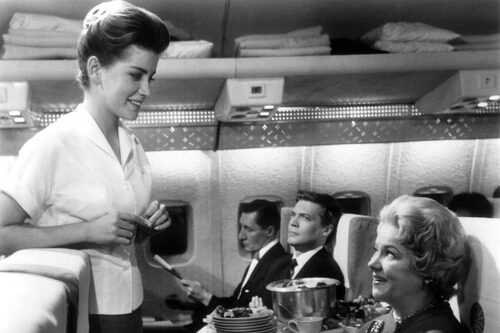
Flying used to be a glamorous event, and airlines expected passengers to dress the part. In the ‘50s and ‘60s, travelers were expected to wear formal clothing, with men in suits and women in dresses, sometimes even gloves and hats. Airlines saw flying as a luxury experience, and dressing up was part of the deal. If you showed up in casual clothes, you risked being denied boarding.
Even kids were expected to look polished, with little boys in dress shirts and little girls in their Sunday best. Compared to today’s world of sweatpants and hoodies at the airport, this rule seems almost ridiculous. While some airlines still have vague dress codes, it’s nothing like the strict rules of the past. Now, as long as you’re not wearing something offensive, you’re free to board in whatever makes you comfortable.
5. There Were No Assigned Seats—Even in First Class
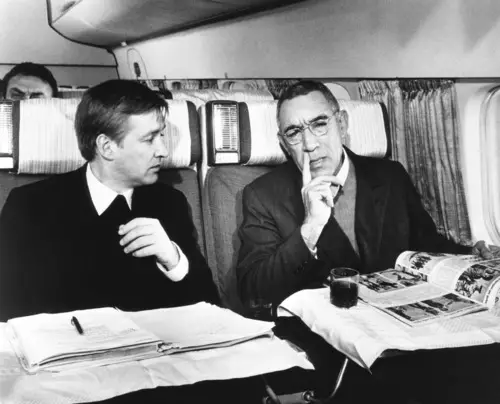
Imagine getting on a plane and having to race for a good seat. That was the reality for many flights before airlines implemented assigned seating. Passengers would board and grab whatever spot they could, leading to a bit of a free-for-all. Even first-class passengers weren’t always guaranteed a specific seat, which would be unthinkable now.
Some airlines operated on a first-come, first-served basis, meaning if you were late, you could be stuck in a middle seat no matter what you paid. The practice lingered for years, but most airlines eventually realized passengers preferred knowing where they’d sit. Today, outside of a few budget airlines, the days of seat-hunting in the aisle are long gone. Now, passengers can at least choose a seat in advance—if they’re willing to pay for it.
6. Flight Attendants Had to Meet Strict Appearance Rules
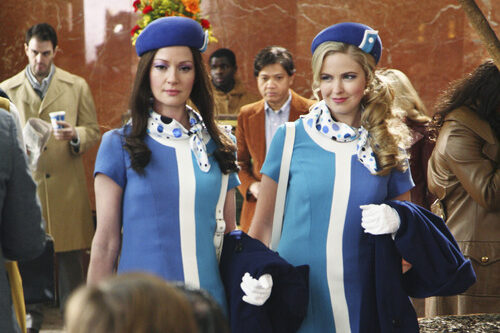
Being a flight attendant used to come with a long list of beauty and weight requirements. Airlines in the mid-20th century expected female flight attendants to maintain a certain weight, wear full makeup, and keep their hair perfectly styled. Some airlines even had mandatory weigh-ins before shifts, and gaining too much weight could mean losing the job.
There were also age limits, with many airlines forcing attendants to retire by their early 30s. While airlines advertised these strict standards as part of the glamour of flying, they were incredibly restrictive. Over time, discrimination lawsuits and shifting attitudes helped change the industry. Today, flight attendants are valued for their skills and experience rather than just their looks.
7. Food Was Served on Real China with Metal Silverware
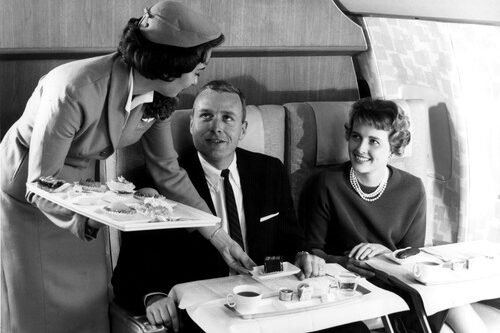
Airplane food might not have the best reputation, but it used to be served with a touch of elegance. In the golden age of flying, passengers were given full meals on real plates with metal utensils. Some flights even featured multi-course meals with steak, lobster, and champagne.
Even in economy class, airlines provided full dining experiences with linen napkins and proper table settings. It wasn’t just about the food—it was about creating a refined atmosphere in the sky. However, as air travel became more common, airlines cut costs and switched to plastic trays and disposable utensils. Today, the idea of being served a steak dinner with real silverware at 30,000 feet seems almost laughable.
8. Pilots Used to Get Free Alcohol During Flights
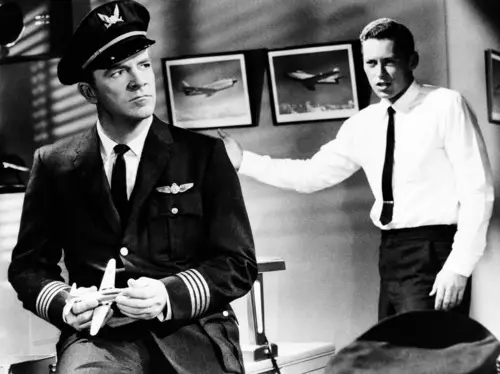
It sounds completely absurd today, but pilots were once allowed to drink alcohol while on duty. In the early days of commercial flying, it wasn’t unusual for captains and co-pilots to enjoy a cocktail or two mid-flight. Some airlines even offered pilots complimentary drinks as part of their in-flight perks. The idea was that flying was a prestigious job, and a little drink wouldn’t hurt.
Of course, this led to serious safety concerns, and over time, regulations cracked down on the practice. By the ‘80s, strict rules were in place, and pilots caught drinking faced heavy consequences. Today, pilots are banned from consuming alcohol within eight hours of a flight, and random testing ensures compliance. The thought of a pilot sipping a martini while flying a plane is downright terrifying now, but for a while, it was shockingly normal.
9. Passengers Could Bring As Much Liquid as They Wanted
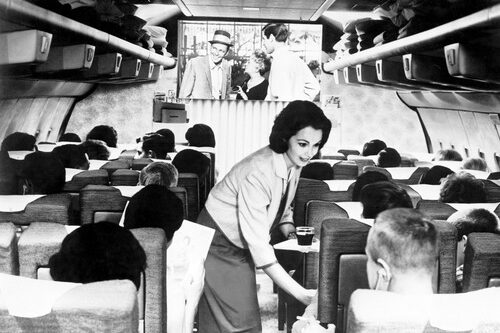
Before the early 2000s, no one thought twice about carrying full-sized bottles of shampoo, giant water bottles, or even entire six-packs of soda onto a plane. Airport security didn’t have any restrictions on liquids, so passengers could bring whatever drinks they wanted. Some even brought their own alcohol on board, as long as they didn’t cause trouble. It was a far cry from the strict TSA rules we deal with now.
That all changed in 2006 after a foiled terrorist plot involving liquid explosives. Suddenly, passengers had to follow the now-infamous “3-1-1 rule,” limiting liquids to 3.4 ounces per container. While it makes sense from a security standpoint, it remains one of the most frustrating travel restrictions. It’s almost comical to think that, just a couple of decades ago, people could bring an entire gallon of juice without a second thought.
10. People Didn’t Have to Wear Seatbelts
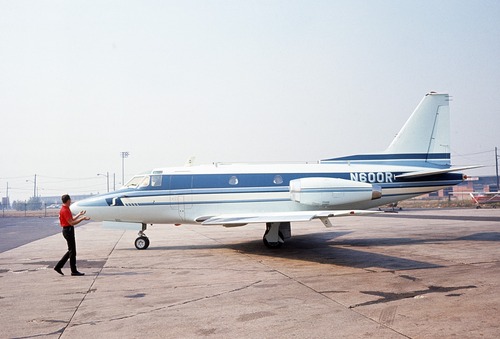
It might sound unbelievable, but there was a time when seatbelt use on planes was completely optional. In the early days of aviation, passengers could stay unbuckled for the entire flight if they wanted. The seatbelt sign was barely enforced, and some travelers ignored it altogether. Airlines even used to let passengers get up and move around freely, even during turbulence.
As safety awareness grew, regulations tightened, making seatbelt use mandatory during takeoff, landing, and whenever the sign was on. Today, flight attendants are quick to remind anyone who forgets to buckle up, and failing to do so can get you in trouble. While the old system may have seemed more relaxed, it was also much riskier. Seatbelts might not be the most comfortable, but they’ve definitely saved countless lives.
11. Checked Bags Were Always Free
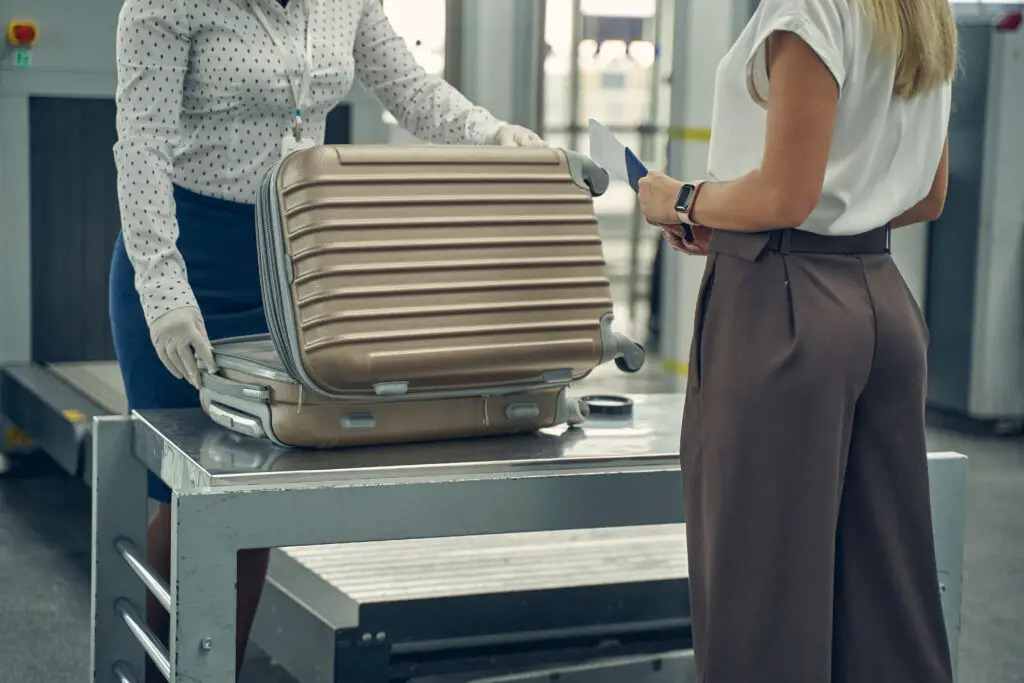
Once upon a time, airlines didn’t charge a single penny for checked bags. Whether you were traveling with one suitcase or five, your luggage was included in the cost of your ticket. Back then, there was no scrambling to fit everything into a carry-on to avoid extra fees. It was just a given that airlines would transport your bags as part of the deal.
That all changed in the 2000s when airlines realized they could make billions by charging for luggage. Now, even budget travelers are forced to pay extra or travel light. While some international carriers still allow free checked bags, it’s become increasingly rare. What was once an expected part of flying is now a luxury, and passengers are left squeezing everything they can into tiny overhead bins.
12. People Could Recline Without a Fight
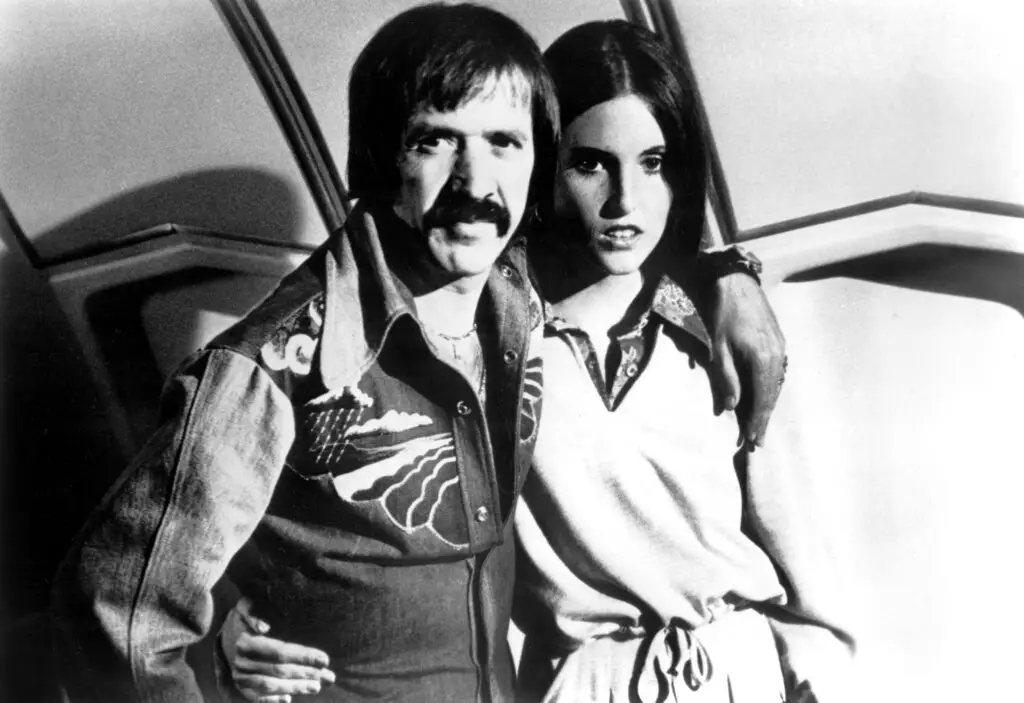
In the past, reclining your seat was just something you did. No one glared at you, complained, or launched into a heated debate about personal space. Seats had more legroom, so reclining wasn’t as much of an issue. Airlines even encouraged it, designing seats that leaned back generously to let passengers relax.
Fast forward to today, and reclining has become one of the most controversial things you can do on a plane. With seats packed closer together than ever, even a slight recline can invade someone’s already limited space. Some passengers go as far as installing knee defenders to prevent the person in front from leaning back. What used to be a normal part of flying has now turned into an unspoken battle between travelers.
13. Kids Could Fly Alone with Almost No Supervision
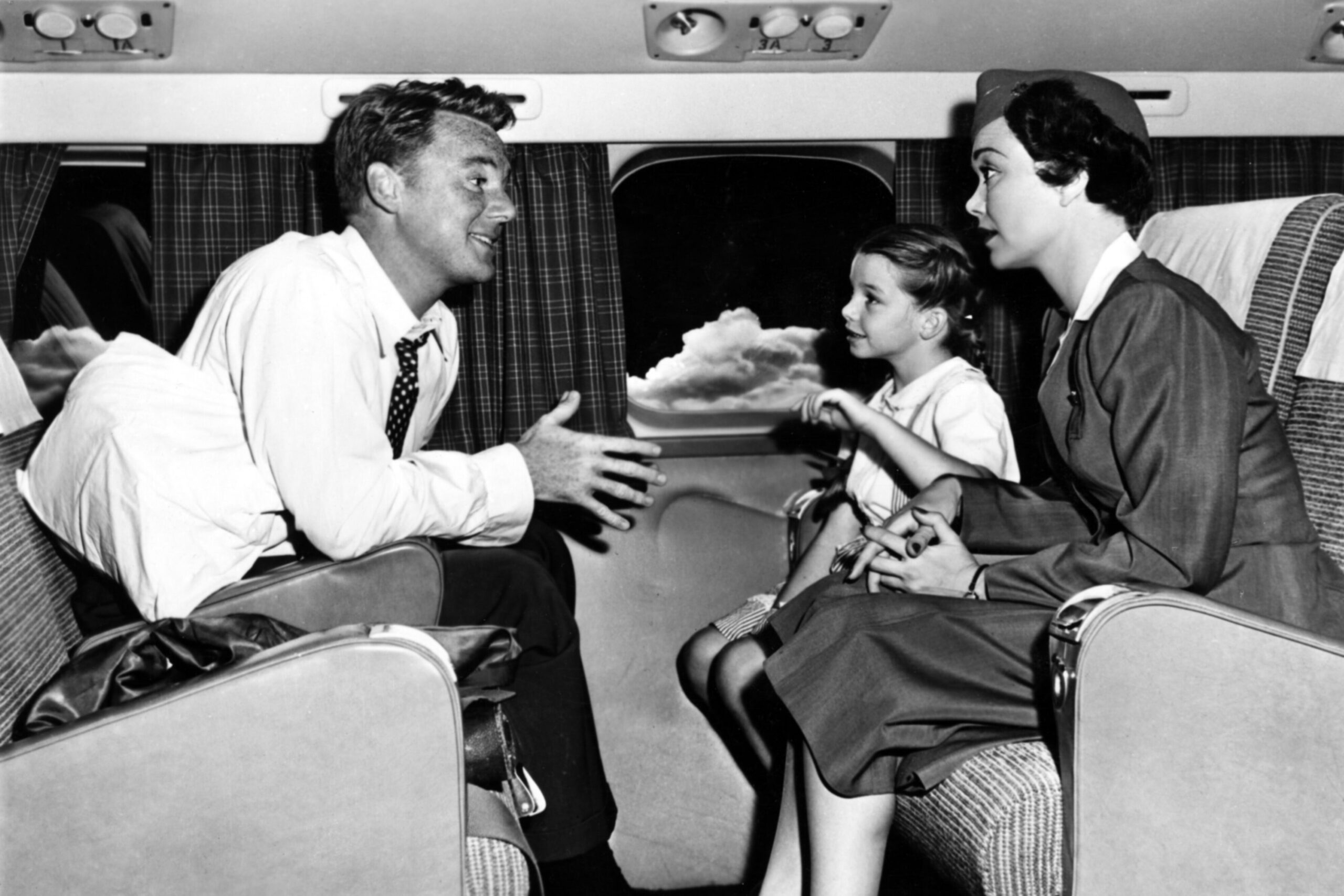
Airlines used to be shockingly relaxed when it came to kids flying alone. Back in the day, parents could drop their child off at the airport, hand them a ticket, and trust that everything would be fine. Flight attendants might check in occasionally, but there weren’t strict rules about supervising unaccompanied minors. Some kids as young as five were allowed to fly solo with minimal assistance.
As child safety concerns grew, airlines introduced stricter policies. Now, unaccompanied minors must be registered in special programs, wear identification tags, and be handed off directly to airline staff. Parents also have to pay extra fees for supervision, and kids under a certain age aren’t allowed to fly alone at all. The idea of just sending a young child on a plane with no formal supervision is almost unthinkable now.
